How to Get Freelance Writing Clients
When I quit my job and decided to pursue freelance writing full-time, the first thought I had was "how am I going to get enough customers to support myself?" Well, it’s 9 years later, and having enough clients is not an issue at all.
In fact, I often have to turn down opportunities, because I have more clients than I can handle. While I have an abundance of clients now, that doesn't mean it wasn't difficult to grow my client-base initially.
Growing your client base really is a matter of trial and error, hard work, and finding the right fit. As you continue to work, you'll find clients that absolutely love you, and will continue to work with you for years. Similarly, you'll run into clients where it's just not a good fit for whatever reason, and you'll only work with them for a short time. This is totally normal.
While growing your client base takes time, you'll find that the hardest client to come by is your very first client. Here are some recommendations for how to get freelance writing clients.
1. Write content for yourself
Even if you have never written anything before, it doesn't mean that you can't have a portfolio. One of the best things you can do for yourself is to write 5-6 fun samples, and post them on LinkedIn and/or on your portfolio. This will give potential clients an opportunity to see how well you write and to hire you, despite your lack of previous experience. Most clients aren't interested in how long you have been writing. They are interested in how well you can write, and what you can do for them.
2. Scour LinkedIn for freelance writing work
LinkedIn is one of my favorite places to find work. A lot of business owners will browse LinkedIn to find freelance writers just like you and me. If you can establish a good relationship with someone on LinkedIn, then it's possible they will want to try out a project or two on you. I've received a lot of great business through LinkedIn.
If you are having a hard time finding clients right away, consider publishing some of your work on LinkedIn. You can do this by clicking on "publish post." If you have a large network, people in your network will see your post and may want to hire you. Don't be afraid to let them know you are taking on new clients.
3. Write a test article for a potential client
Another option you have for landing your first client is to offer to write a test article. This is an exceptional way to show off your skills and to make sure it’s a good fit. Remember, you should never do this for free. Clients that ask you to write for free are not worth your time.
4. Look for jobs on freelance writing sites
There are multiple freelance writing sites that place advertisements for writers. Some of these will be content mills, while others will be job boards.
Content mills aren't my particular favorite, because you are obligated to work through the content mill, and they snag a percentage of your fee. Plus, they don’t usually pay what you’re worth.
However, it's a good way to start, and it's better than not working at all. When you find a job on a job board, however, it can lead to a long-lasting relationship where you set the terms.
5. Ask friends and family for freelance writing referrals
I'm also convinced that asking friends and family for referrals is the perfect place to start. You can write great content for your friends and family at a discounted rate. You can also ask if they have any connections and know of anyone who is looking for a writer.
My dad is a graphic designer, and one of my first clients was an SEO professional he was connected to. You'll find that a lot of your work will come through connections and connections of connections.
Wrap Up on How To Get Freelance Writing Clients
Don’t get discouraged if it takes some time to land your first client. It’s difficult for everyone. However, once you get the hang of it, and start building your portfolio, you’ll gather unstoppable momentum.
Want more advice on getting started and how to write results-driven content? Please feel free to connect with me on LinkedIn.





